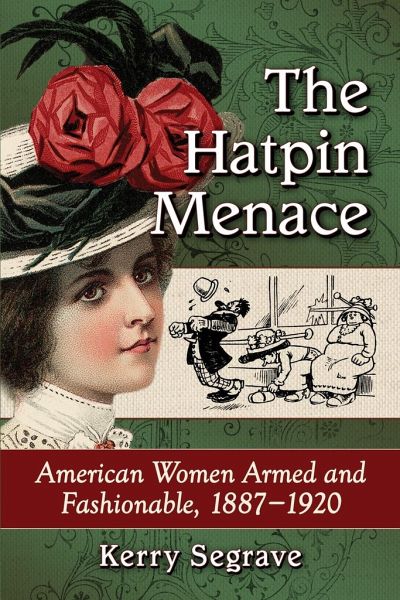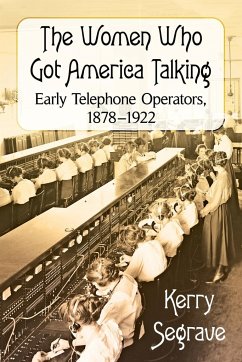
The Hatpin Menace
American Women Armed and Fashionable, 1887-1920
Versandkostenfrei!
Versandfertig in 1-2 Wochen
39,99 €
inkl. MwSt.

PAYBACK Punkte
20 °P sammeln!
Between 1887 and 1920, the humble hatpin went from an unremarkable item in every woman's wardrobe, to a fashion necessity, to a dangerous weapon (it was said). Big hair and big hats of the era meant big hatpins, and their weaponized use sparked controversy. There were ""good"" uses of hatpins, such as fending off an attacker in the street. There were also ""bad"" uses, such as when a woman being arrested tried to stab a police officer. But seriously: All those protruding pins seemed to threaten people everywhere in the public sphere. It did not sit well with the patriarchy, who responded with ...
Between 1887 and 1920, the humble hatpin went from an unremarkable item in every woman's wardrobe, to a fashion necessity, to a dangerous weapon (it was said). Big hair and big hats of the era meant big hatpins, and their weaponized use sparked controversy. There were ""good"" uses of hatpins, such as fending off an attacker in the street. There were also ""bad"" uses, such as when a woman being arrested tried to stab a police officer. But seriously: All those protruding pins seemed to threaten people everywhere in the public sphere. It did not sit well with the patriarchy, who responded with hysterical crusades and often ludicrous legislation aimed at curbing the hatpin and disarming American women.














